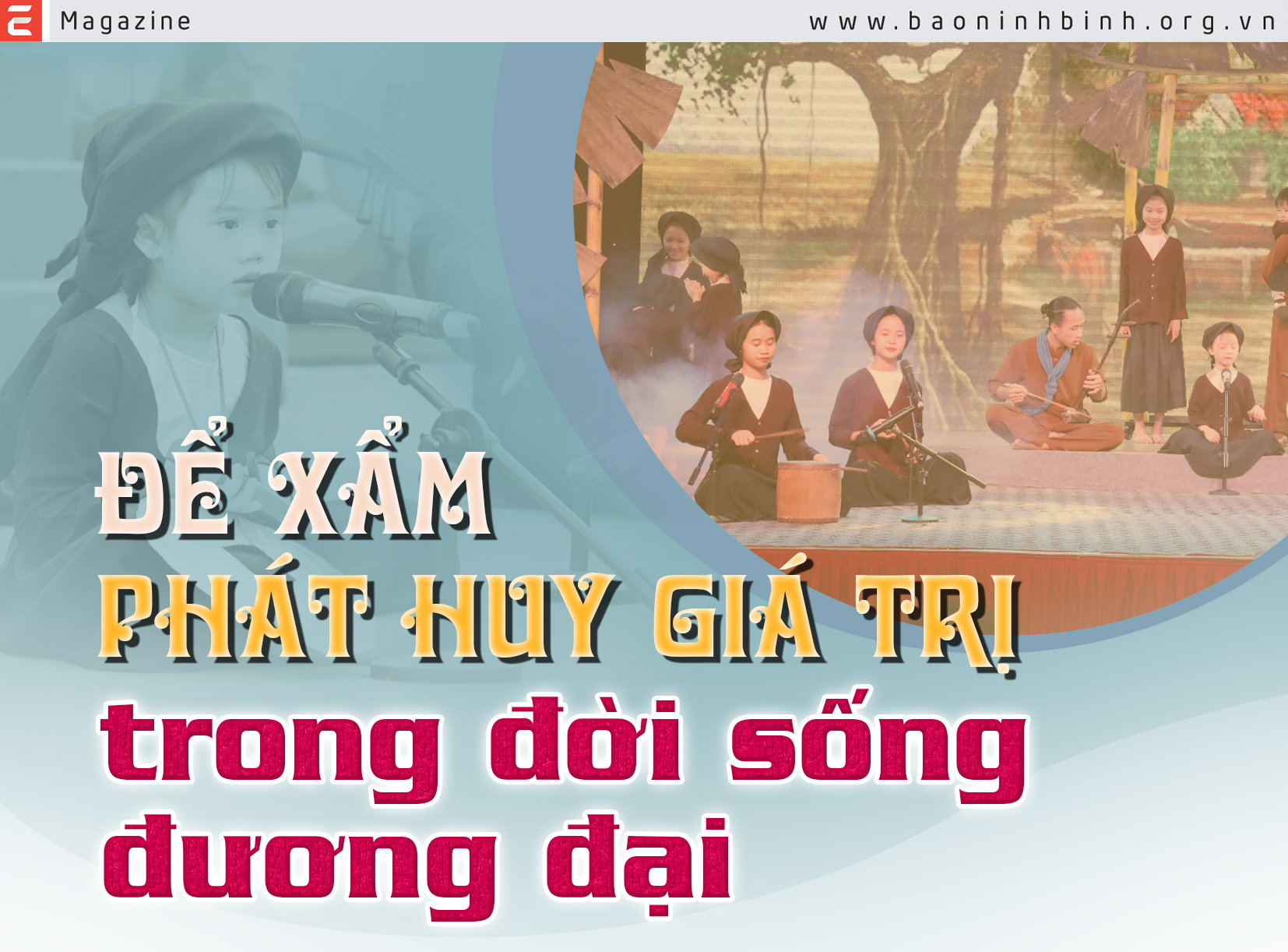


Hat Xam is a type of folk singing that was once very popular in the Northern Delta region of Vietnam. This art form is estimated to have more than 700 years of history and has been facing the risk of being lost since the 1960s. In recent years, Hat Xam has begun to be restored and gradually attracted public attention.
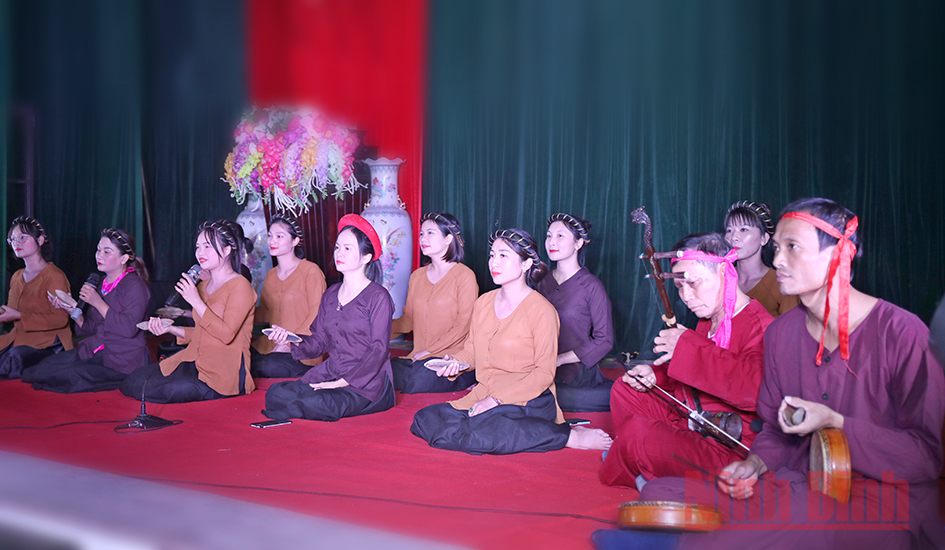
The art of Xam singing has been preserved, passed down and developed by artisans and artists from many localities across the country, becoming a spiritual food not only in rural areas but also in urban areas and large cities.
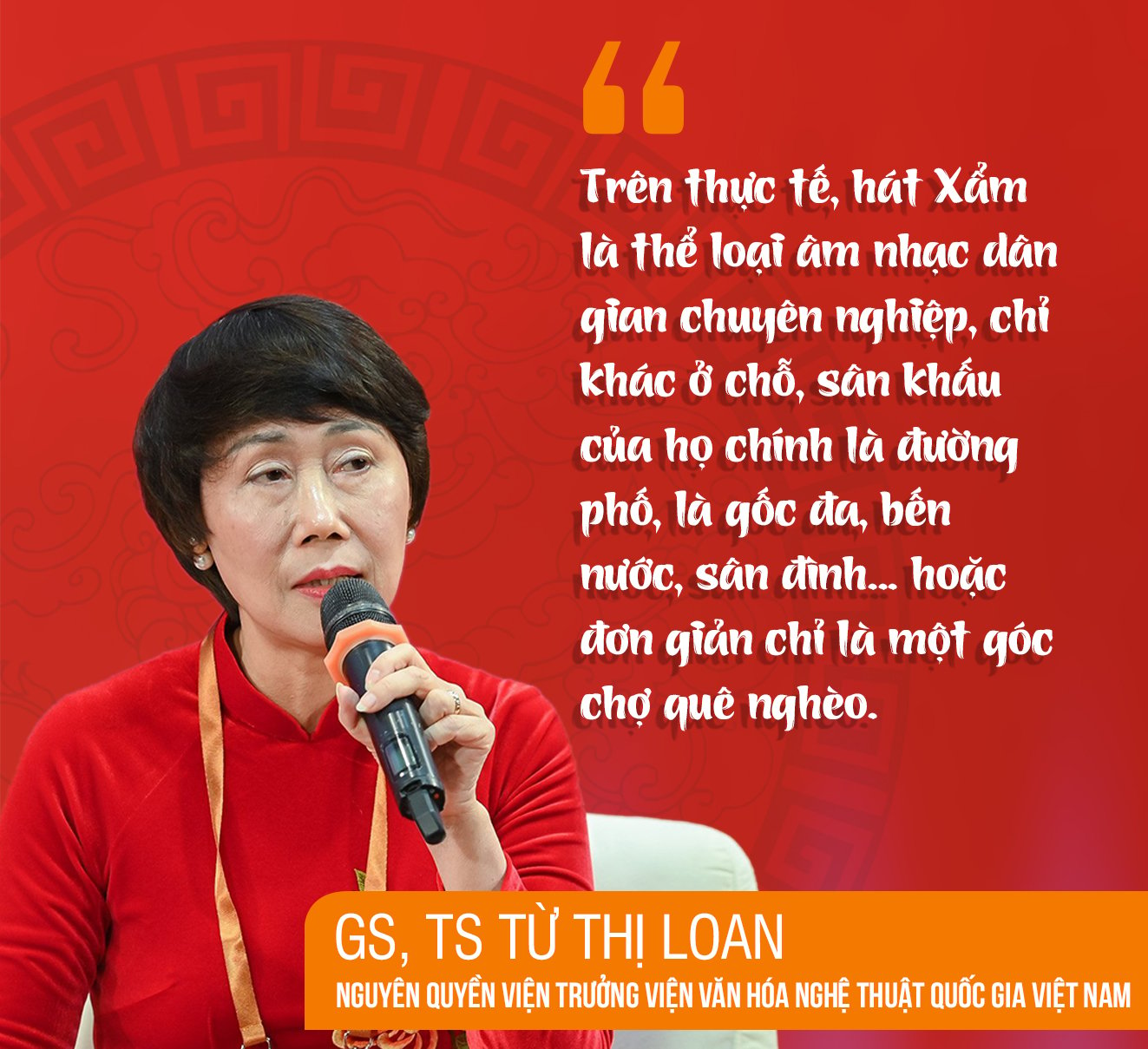
Each form of Vietnamese folk performance has its own characteristics, reflecting local and regional characteristics. However, Xam singing is not limited to a certain land or area, but with the nature of the art of street singing, it is widely spread and popularized, and many generations of folk artists join hands to pass on, create and upgrade to increasingly develop and perfect both the genre characteristics as well as the cultural and artistic values.
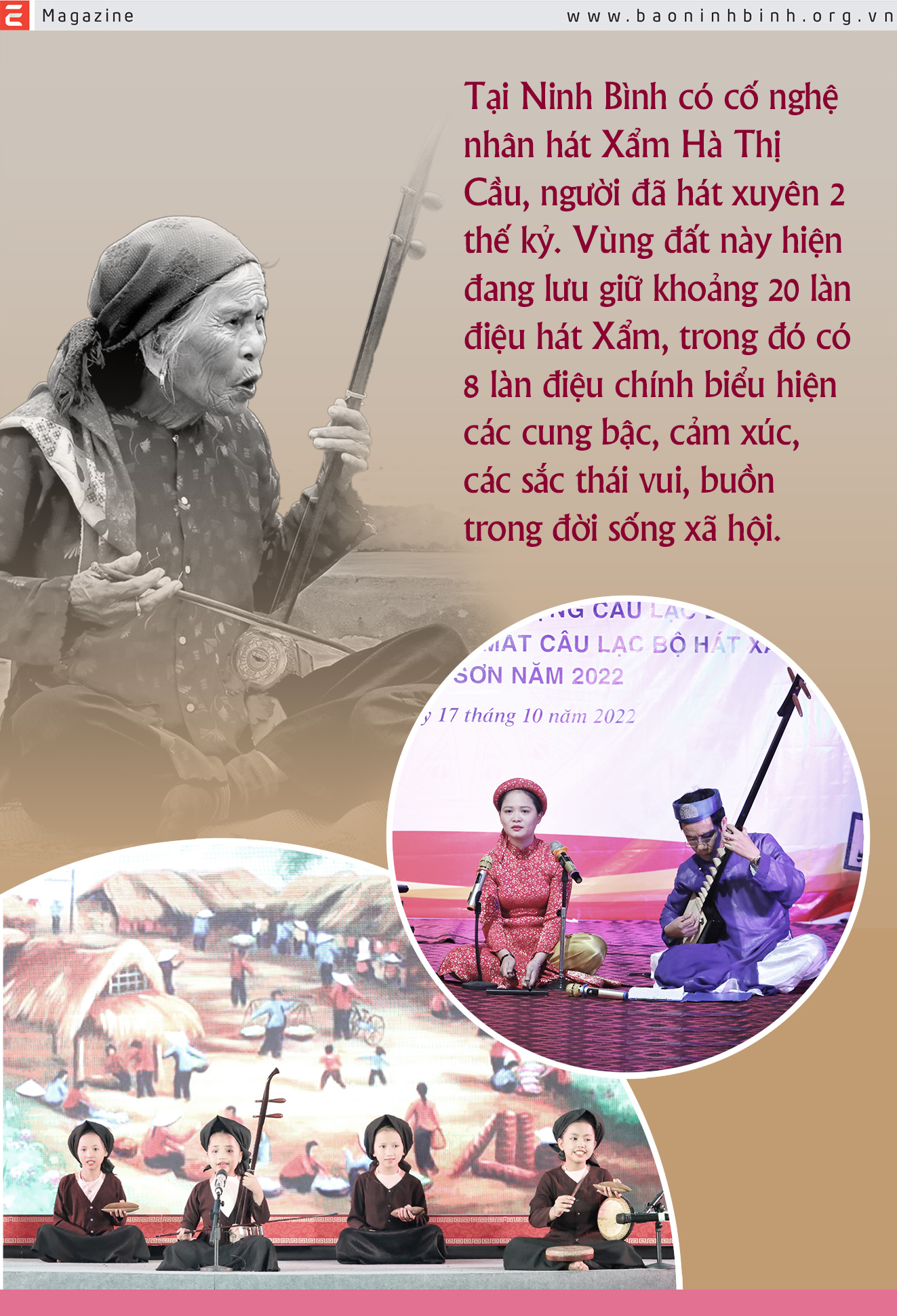
It can be said that Xam singing is the spiritual food of the working masses. In the past, Xam singing was associated with the activities of our people during the free time of farming. Usually, after a bumper crop, Xam singing troupes were often invited to perform at the private homes of wealthy and powerful families.
Internationally, the art of Xam singing has been widely studied and popularized by scientists at the Center for Philosophy, Culture and Society, Temple University, USA, especially Professor Ngo Thanh Nhan, for many years.
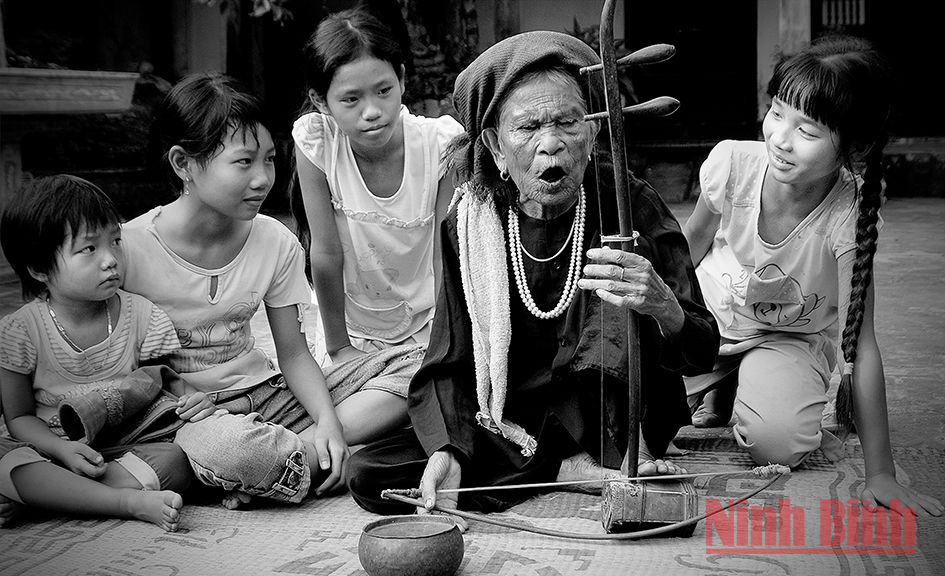
In terms of content, Xam singing has profound humanistic values, from praising the homeland and country, reviewing historical traditions to denouncing bad habits, educating human morality, condemning social injustices...
In terms of art, Xam singing distills the good, the beauty, the quintessence of traditional music genres such as Cheo, Ca Tru, Trong Quan, Co La, Hat Vi, Hat Luu, Quan Ho, Ho Khoan..., and at the same time always has its own unique nuances and characteristics that cannot be mixed. Some popular Xam melodies include: Xam Thap An, Xam Hue Tinh, Xam Ha Lieu, Xam Ba Cap, Xam Trong Quan, Xam Ho Khoan, Xam Phon Hue, Xam Cho, Xam Sai, Xam Ngam Vinh, Xam Tau Dien, Hat Ai...
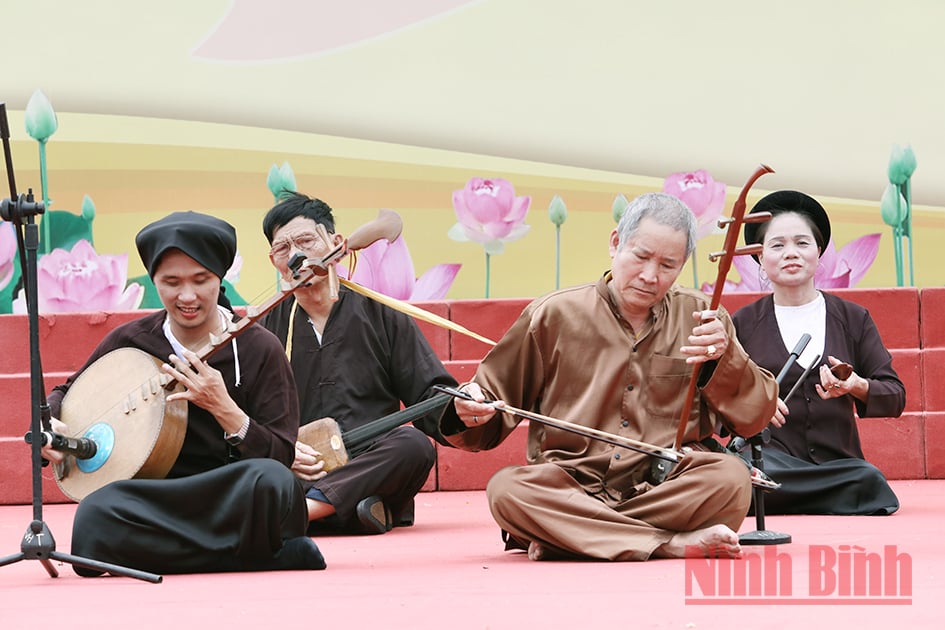

The artistic values of Xam singing are clear, but like many other genres of folk music, Xam singing is facing many difficulties and challenges in the period of accelerating industrialization, modernization and international integration.
At the International Scientific Conference on "Preserving and promoting the art of Xam singing in contemporary society" organized by the Ministry of Culture, Sports and Tourism in coordination with the People's Committee of Ninh Binh province and Temple University, USA in Ninh Binh city, many experts commented that Xam singing is facing many difficulties and challenges.

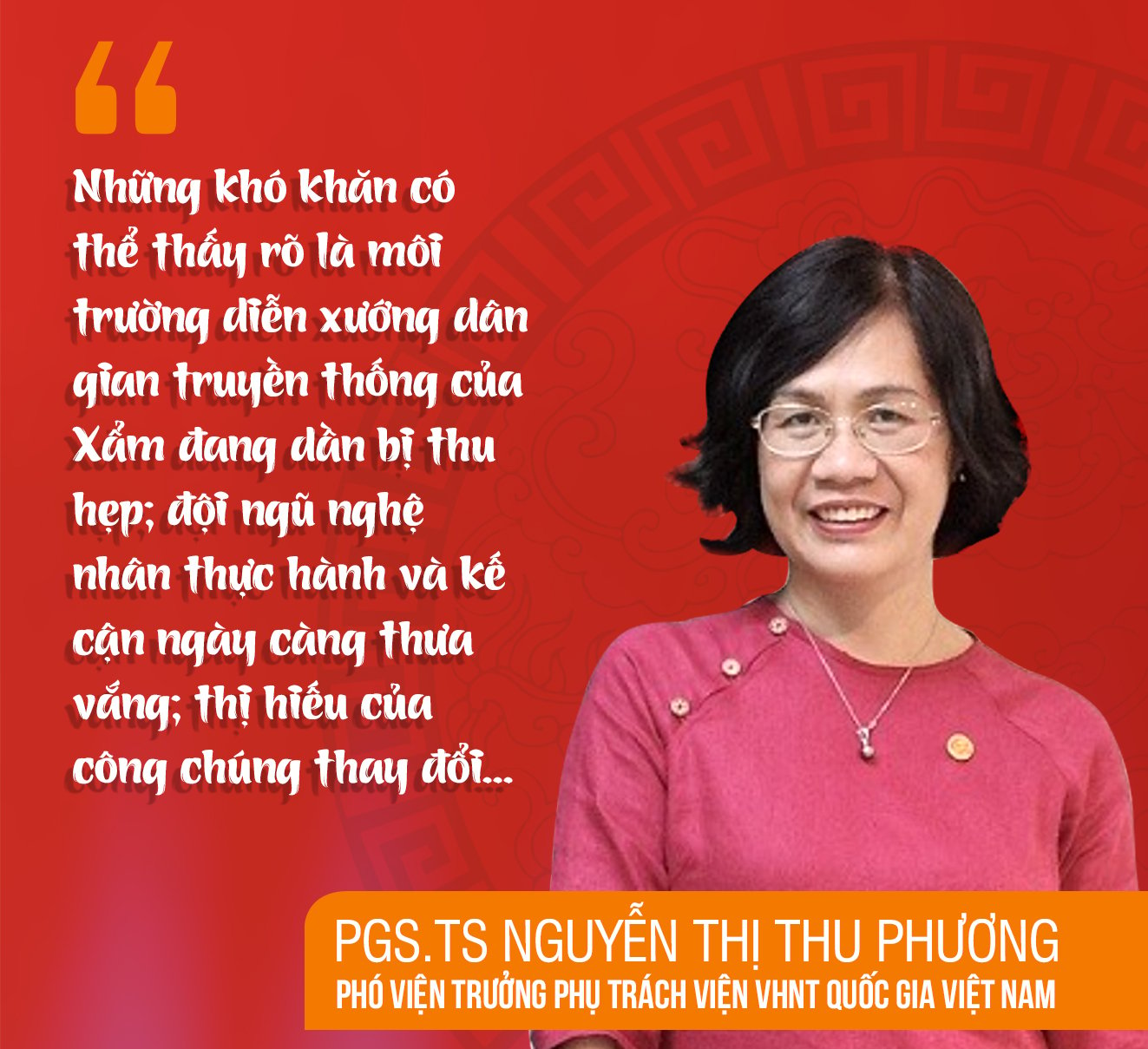
Along with that, Xam also faces fierce competition with many other forms and genres of entertainment art. These problems cause Xam singing to be increasingly forgotten and lost, and if there are no appropriate measures to support its protection and restoration, it will be difficult to survive in the near future...
Also commenting on the risk of Xam singing being lost, researcher Dang Hoanh Loan, former Deputy Director of the Institute of Music Research, identified the difficulties in preserving Xam singing in the contemporary context. The biggest is still the lack of practicing artists and successors.
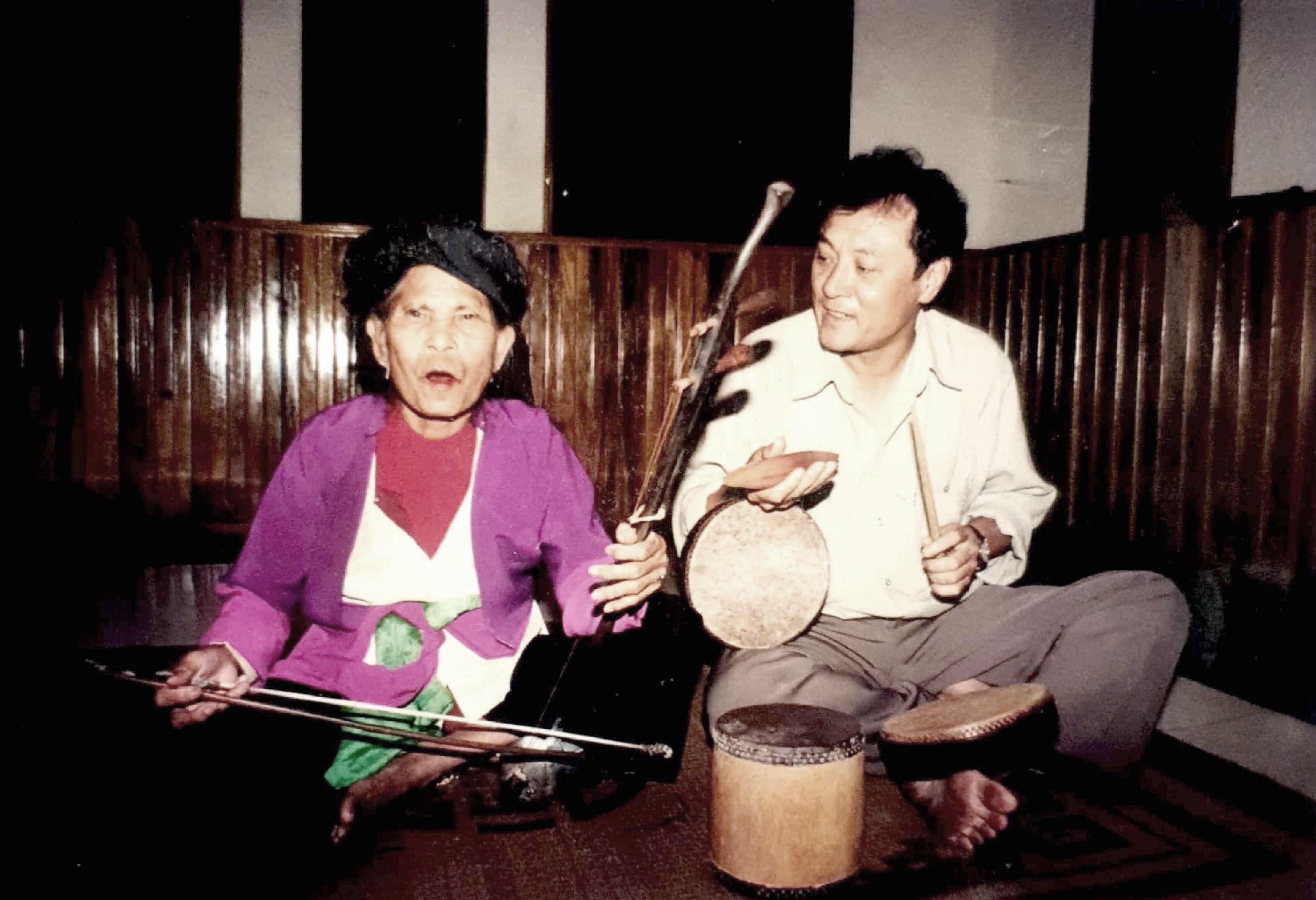
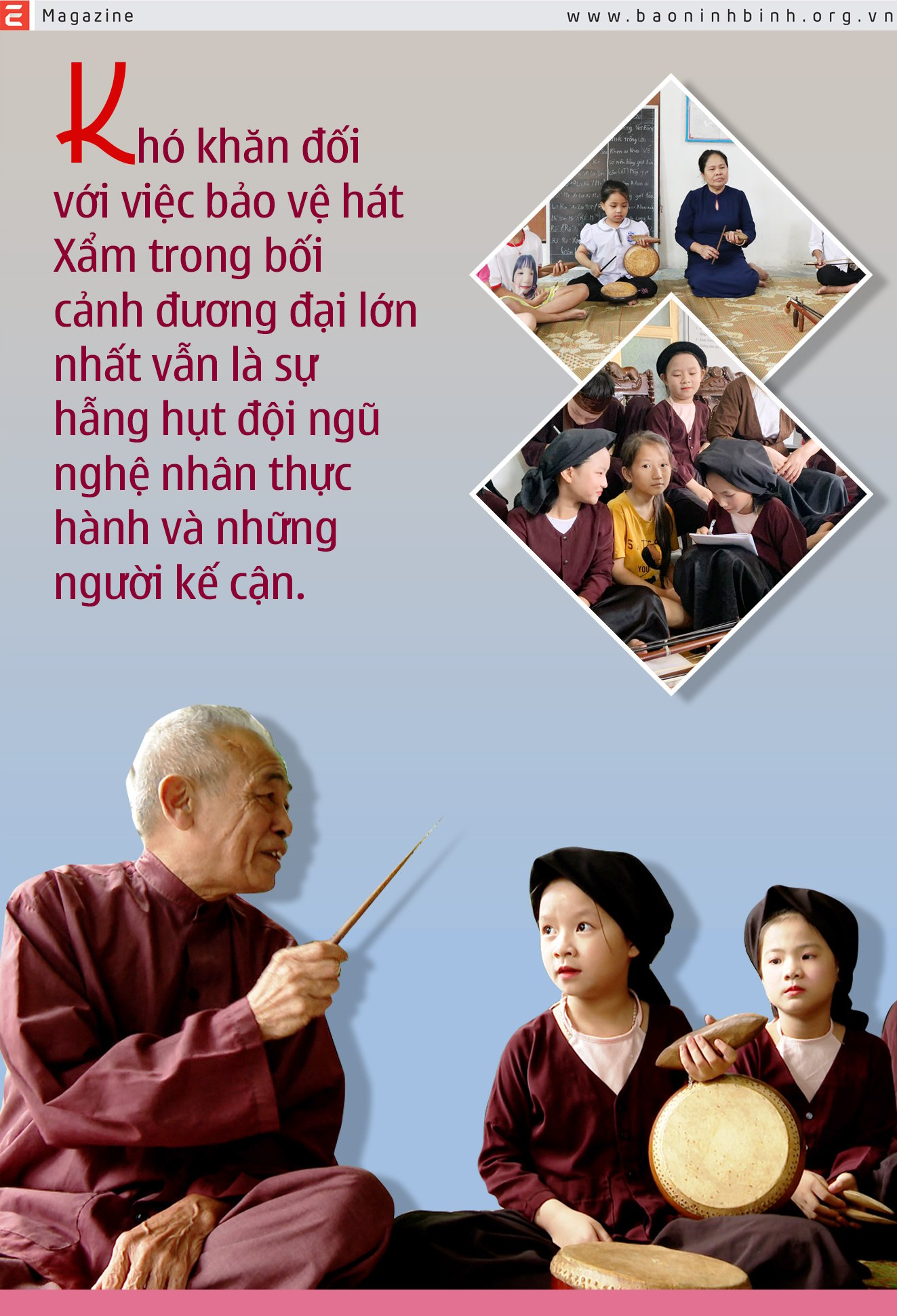
Talented Xam artists have passed away one after another, taking with them the unique artistic values they once preserved and performed. In 2013, when artist Ha Thi Cau, who was known as "Living Humanity Treasure", "Keeper of Xam Soul", "The Last Xam Artist of the 20th Century", passed away, the team of artists became increasingly scarce.
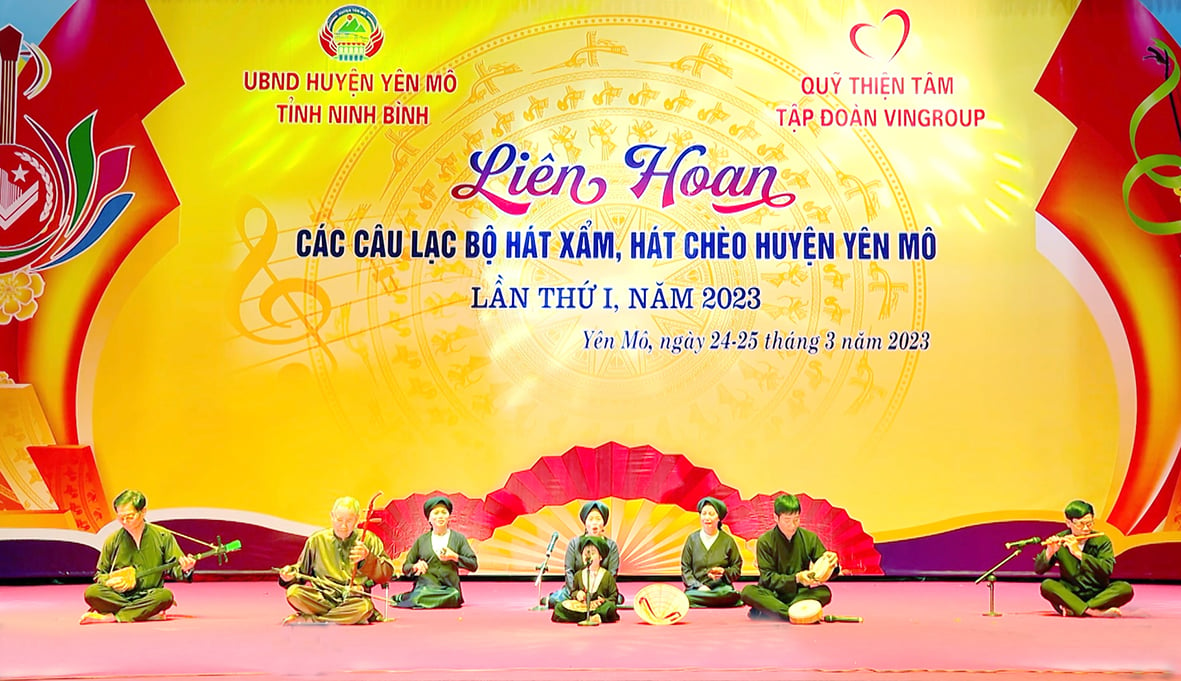
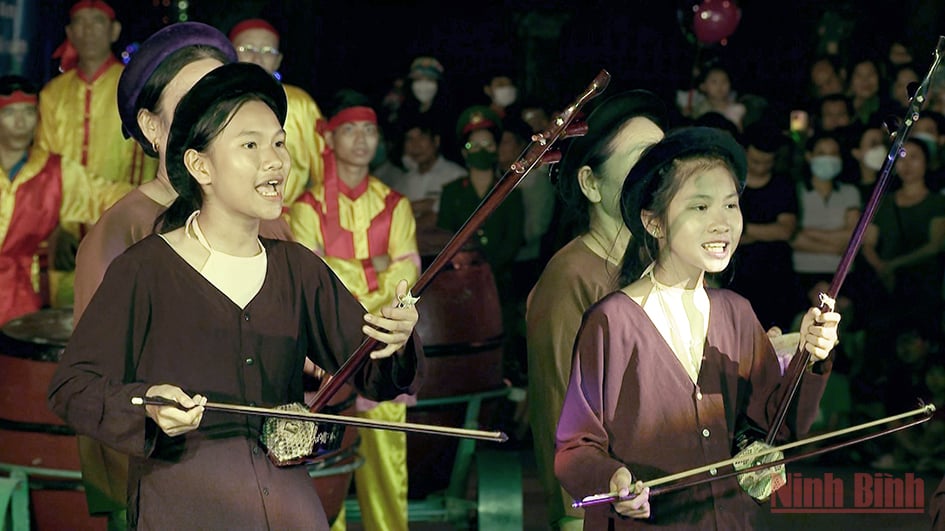
The characteristics of Xam's profession also create significant challenges. As an art form associated with making a living, learning and passing on Xam's profession is more comfortable and free, without having to adhere to strict regulations on manners and classes like in Quan Ho, Xoan singing, Don ca tai tu, Hue singing... However, successfully learning Xam singing is not easy. In addition to singing talent, Xam also requires a certain amount of experience in life, so that the learner can understand the meaning of each word, lyric, as well as the virtuosity of the beat and the fingering of the instrument. Therefore, there are quite a few people who like to sing Xam, but to become famous and stay in the profession of Xam singing, there are very few left.

In the house of the late artist Ha Thi Cau, on weekends, the Xam tune still resounds loudly. Ms. Nguyen Thi Man, Head of the Ha Thi Cau Xam Singing Club, Yen Phong Commune (Yen Mo District): The club members regularly practice, exchange and actively participate in competitions organized by the district and province. From only a few members participating, the club has now gathered more than 20 members, including more than 10 children who share a special love and passion for Xam .
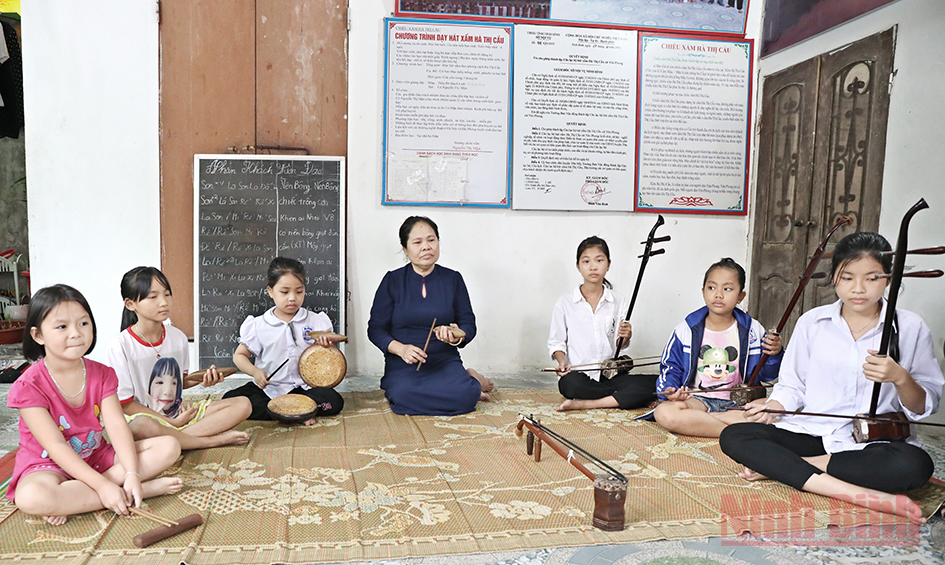
Yen Mo is the cradle of Xam singing art in the province. Currently, the whole district has nearly 30 Xam singing clubs that regularly practice, exchange and actively participate in competitions organized by the district and the province. From 2014 to now, the district has opened dozens of classes to teach Xam singing and musical instruments to the grassroots art nuclei to train and build a next generation. In particular, every year, the district coordinates to organize the Festival of Cheo and Xam singing clubs; bring Xam teaching activities to schools..., creating a widespread influence, raising awareness of preserving, conserving and promoting the art of Xam singing among all classes of people.
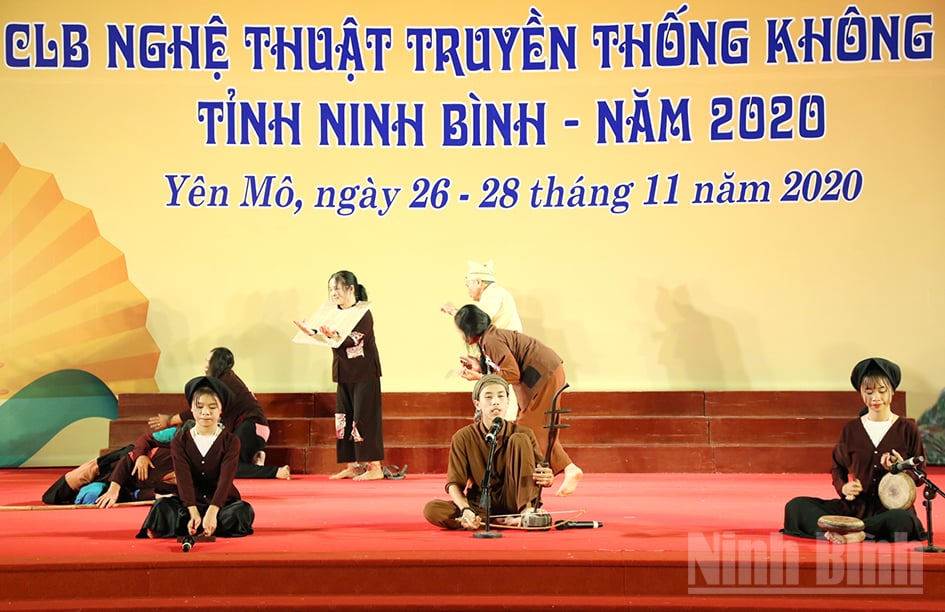
Comrade An Don Nghia, Vice Chairman of Yen Mo District People's Committee : In order for Xam singing to develop and spread more widely in the people's cultural and spiritual life, there needs to be more attention from local authorities, cultural and artistic organizations, cultural funds, and sponsors. First of all, there needs to be a policy mechanism to support Xam singing artists, because they are the "soul" that plays an important role in preserving and transmitting traditional cultural heritage. Along with that, Xam singing artists are making efforts to preserve and promote this art form.
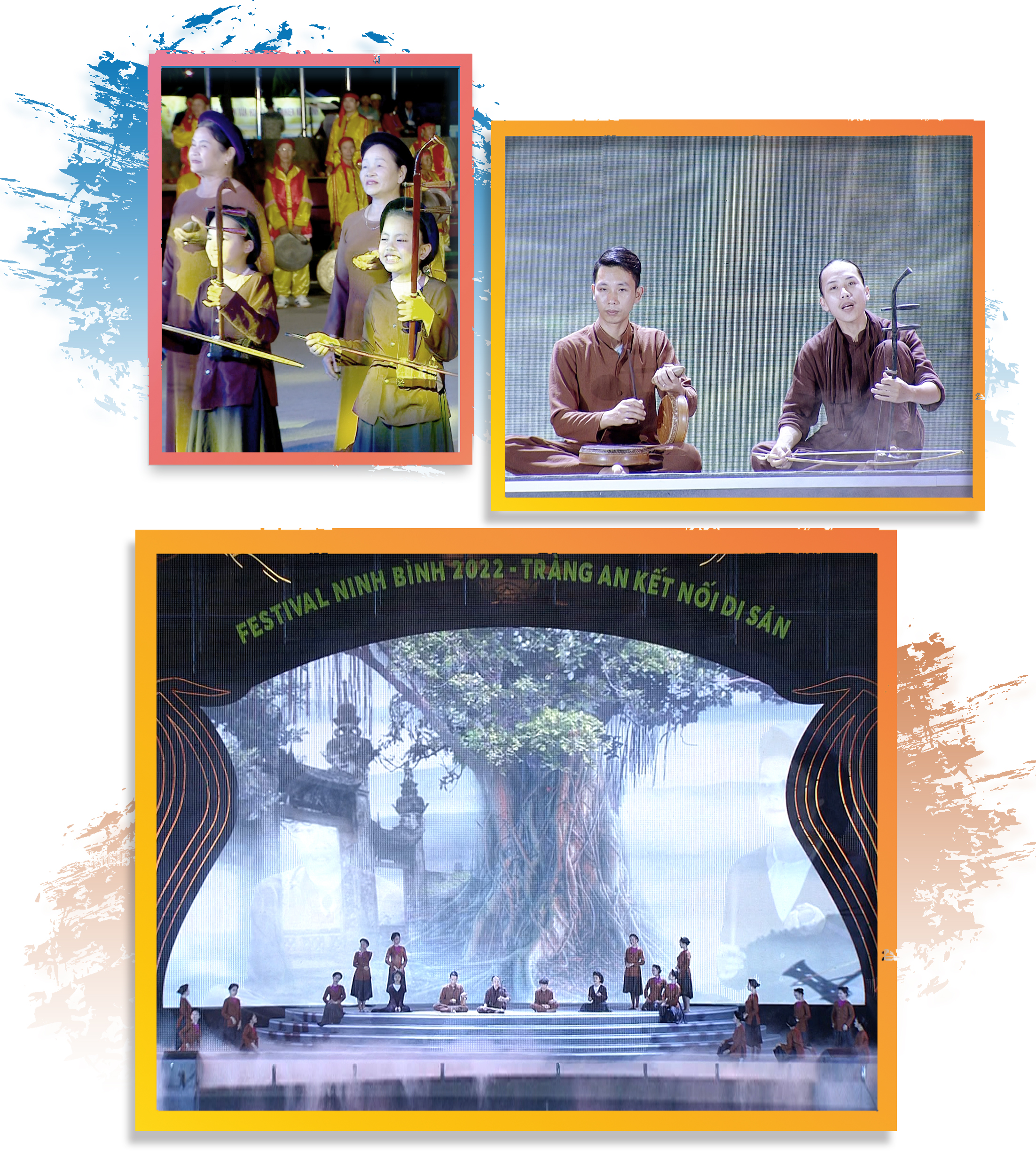
There needs to be an orientation and mechanism to promote the performing environment of Xam singing art through tourism development. Ninh Binh is currently a locality that attracts a large number of tourists. This is a potential market to combine introducing and promoting Xam singing art. In addition, provinces and cities with Xam singing art need to expand the network of exchanges and sharing between groups, Xam clubs...
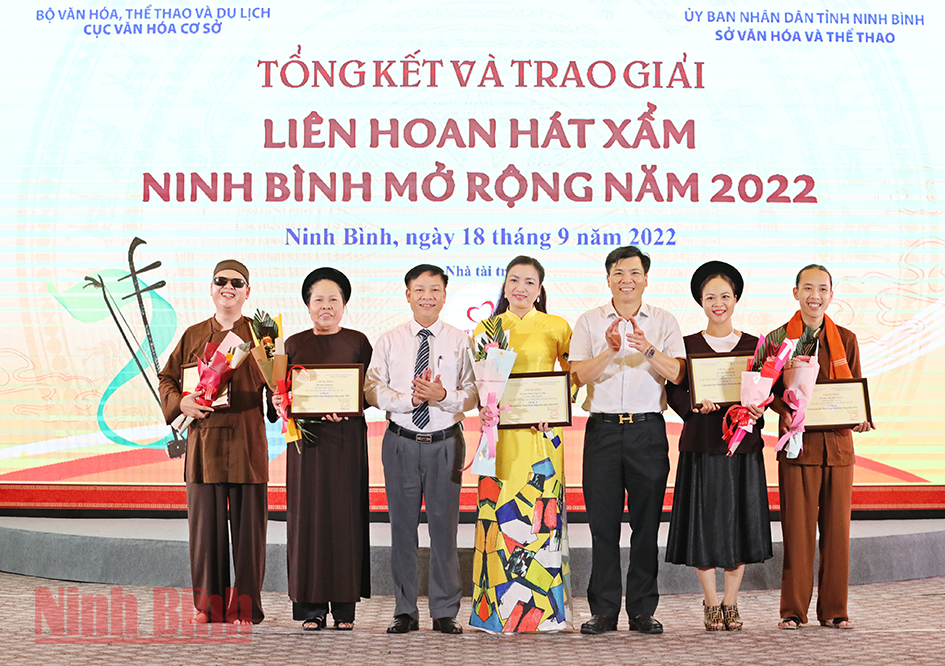
In particular, to "survive" and continue to develop in the current conditions, Xam must have movements in both content and form to better suit the tastes, aesthetics, and needs of modern audiences, especially young audiences. Therefore, it is necessary to breathe new life into the art of Xam singing. New products, although still ensuring the element of national identity, must also be suitable for contemporary listeners, helping Xam to spread more widely.
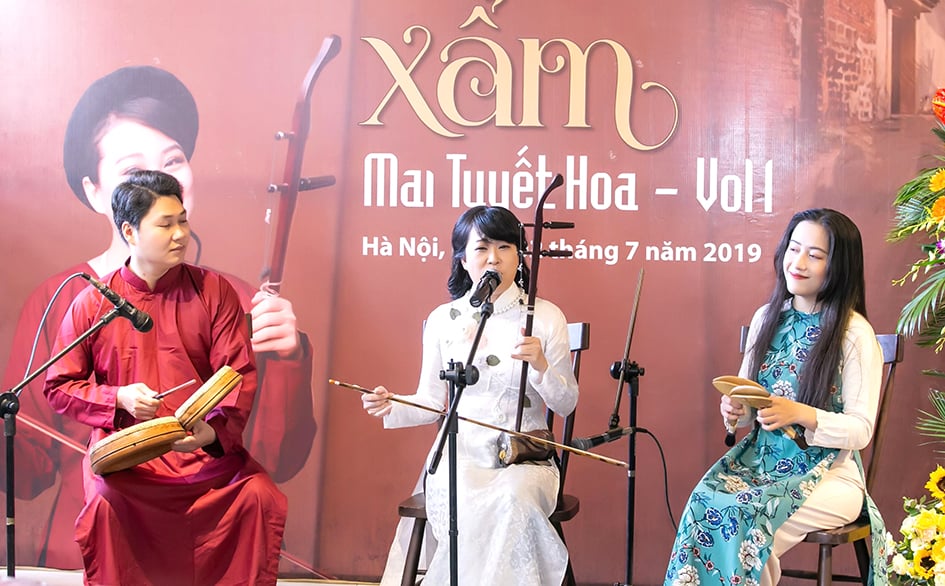
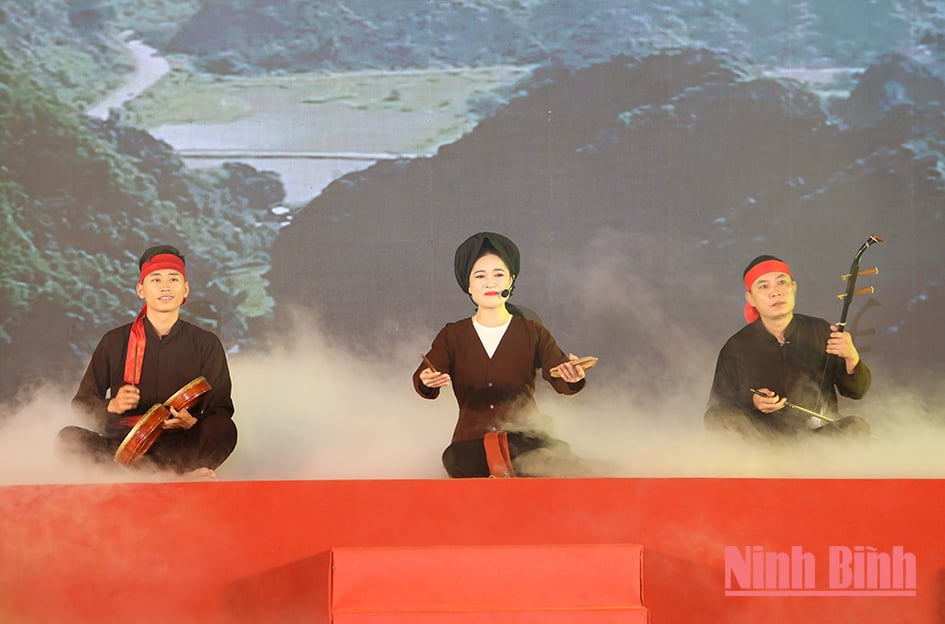
Continue to strengthen training, promotion and research on Xam. It is necessary to encourage and support activities to teach and train Xam singing through various forms. The top priority is still to teach by word of mouth, passing on techniques and skills of folk artists...
For Ninh Binh, the long-standing homeland of Xam singing, Xam singing has now been recognized as a national intangible cultural heritage. It is necessary to promptly implement the preparation of dossiers towards building a dossier to submit to UNESCO for inclusion in the list of intangible cultural heritage in need of urgent protection. That is the responsibility, the right direction, practical and timely to be able to protect the long-standing traditional cultural heritage of the nation.

Source link


![[Photo] Prime Minister Pham Minh Chinh and Japanese Prime Minister Ishiba Shigeru attend the Vietnam - Japan Forum](https://vstatic.vietnam.vn/vietnam/resource/IMAGE/2025/4/29/fc09c3784d244fb5a4820845db94d4cf)
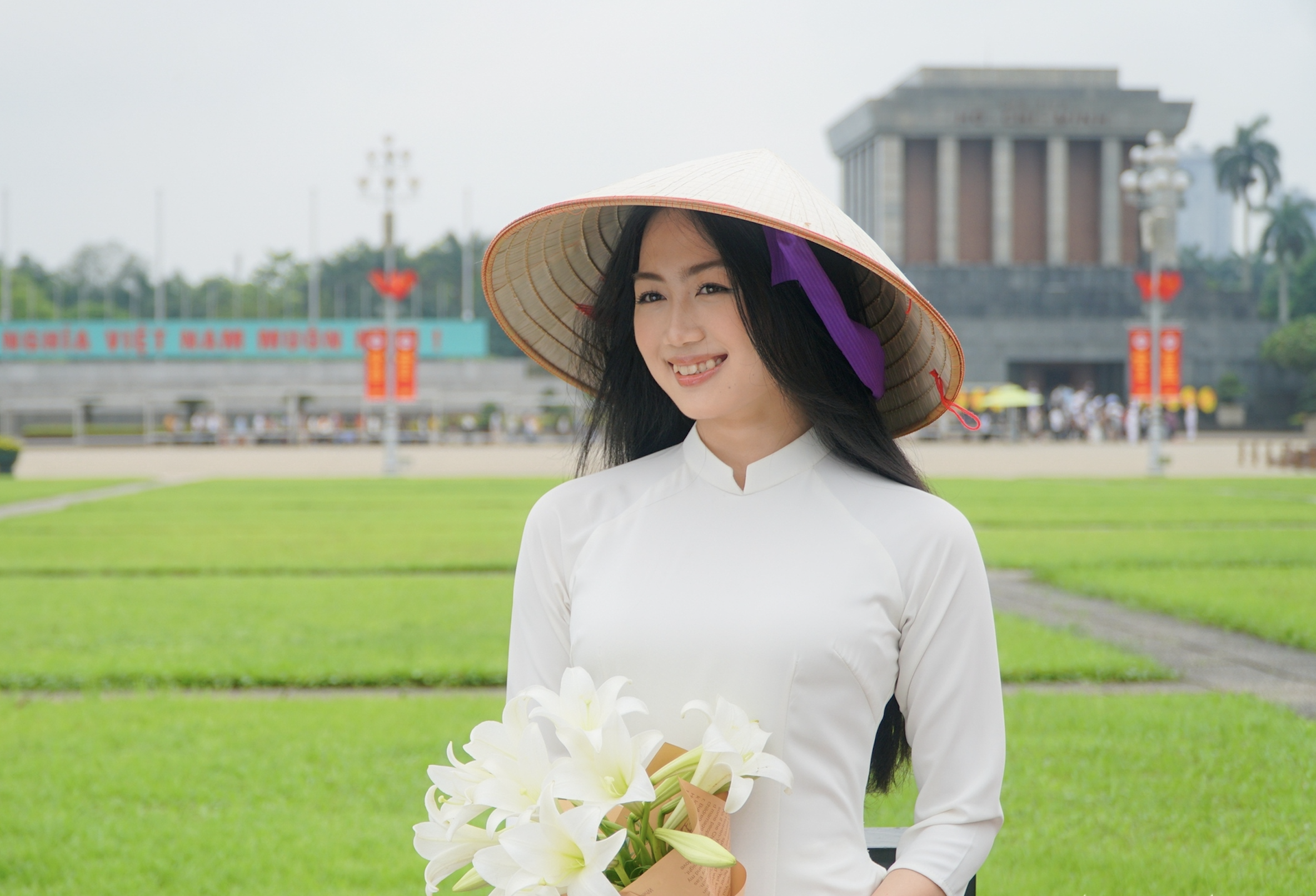

![[Photo] Prime Minister Pham Minh Chinh receives Cambodian Minister of Commerce](https://vstatic.vietnam.vn/vietnam/resource/IMAGE/2025/4/28/be7f31fb29aa453d906df179a51c14f7)






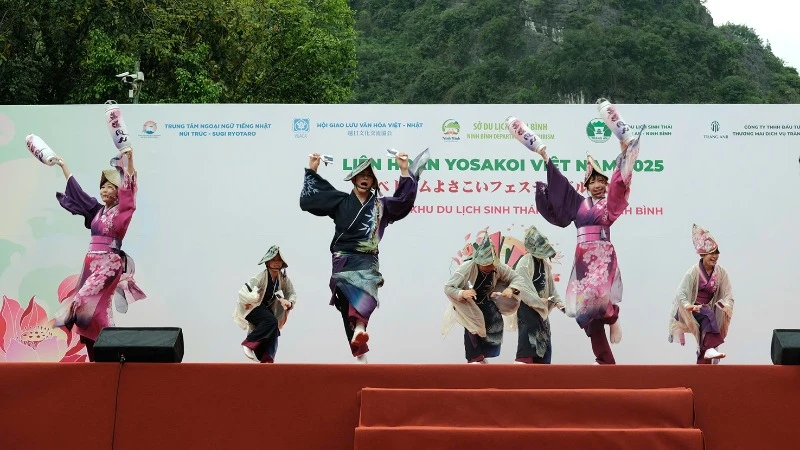

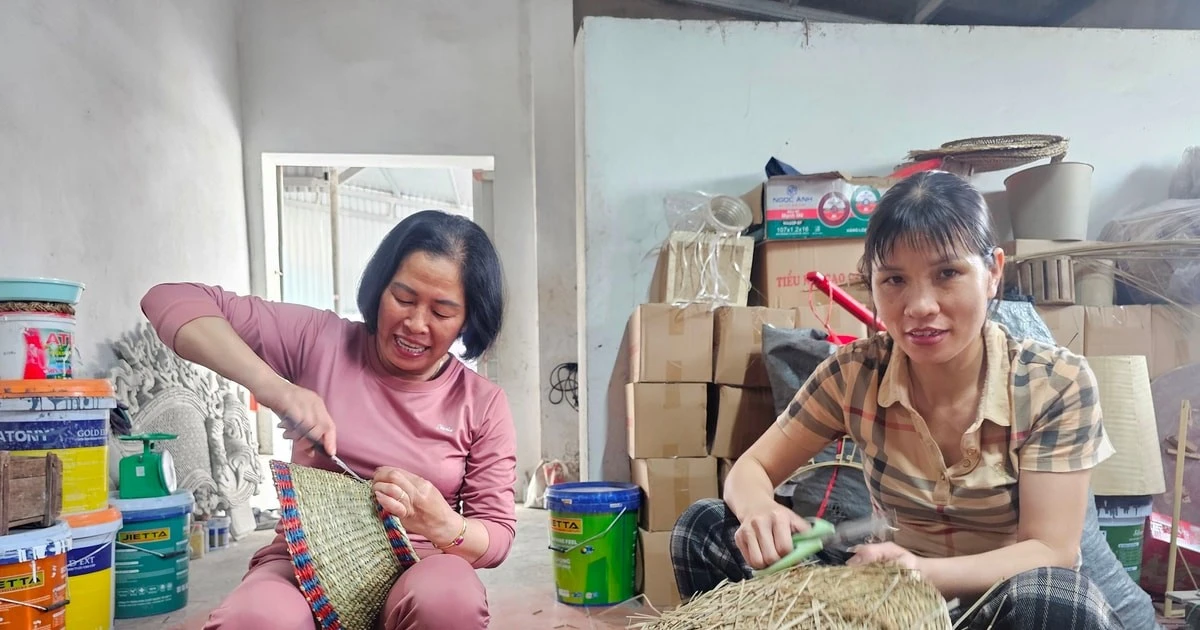



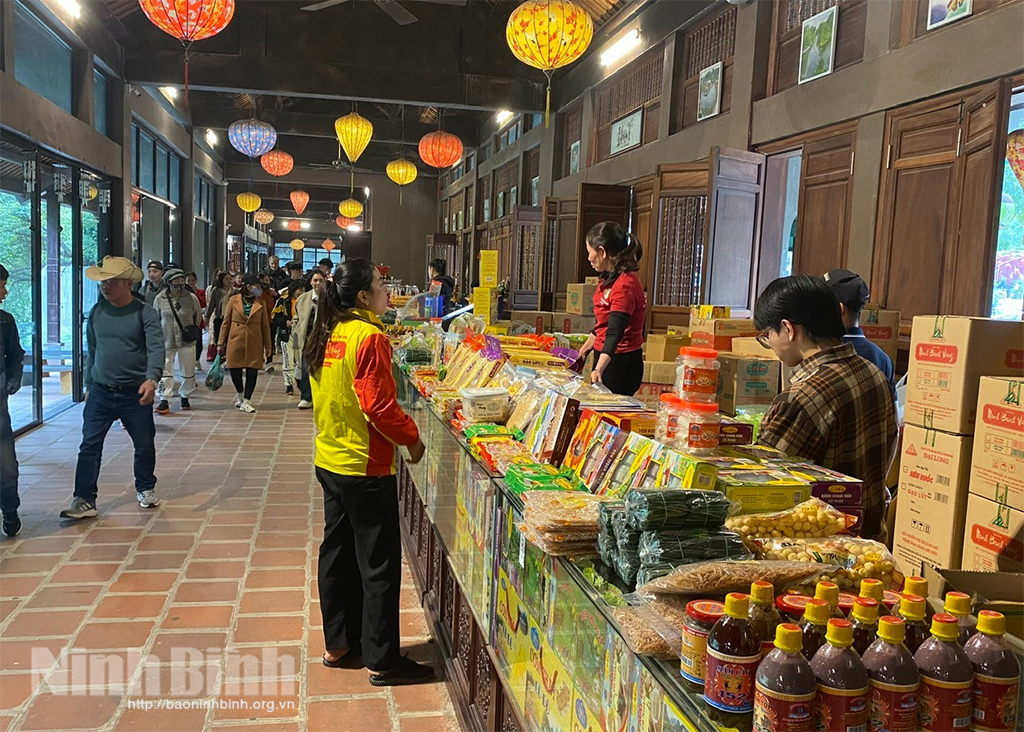
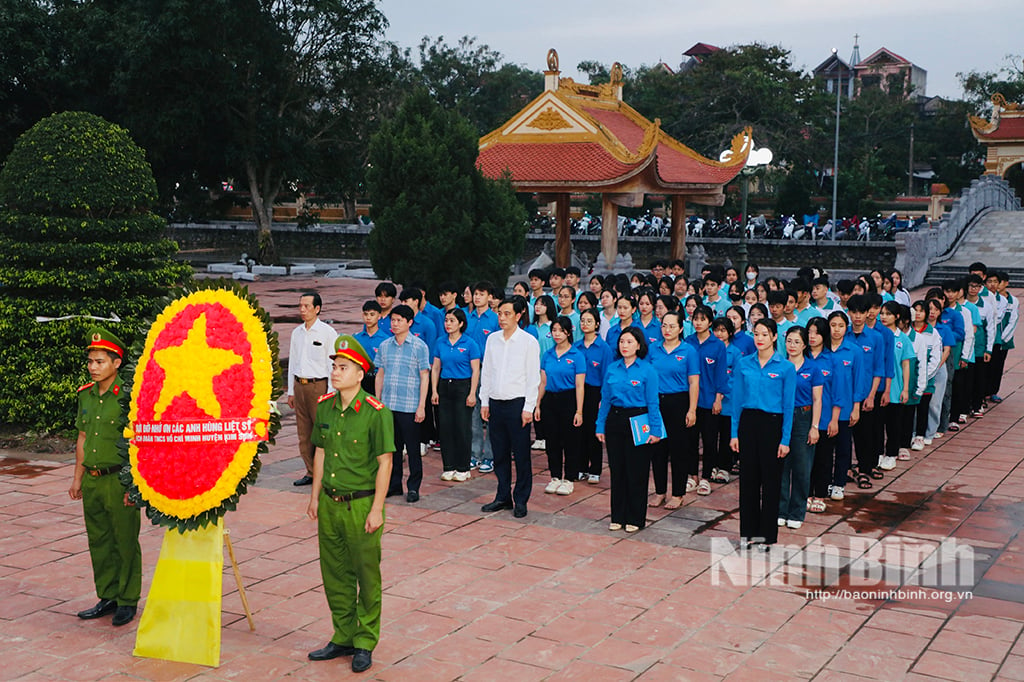





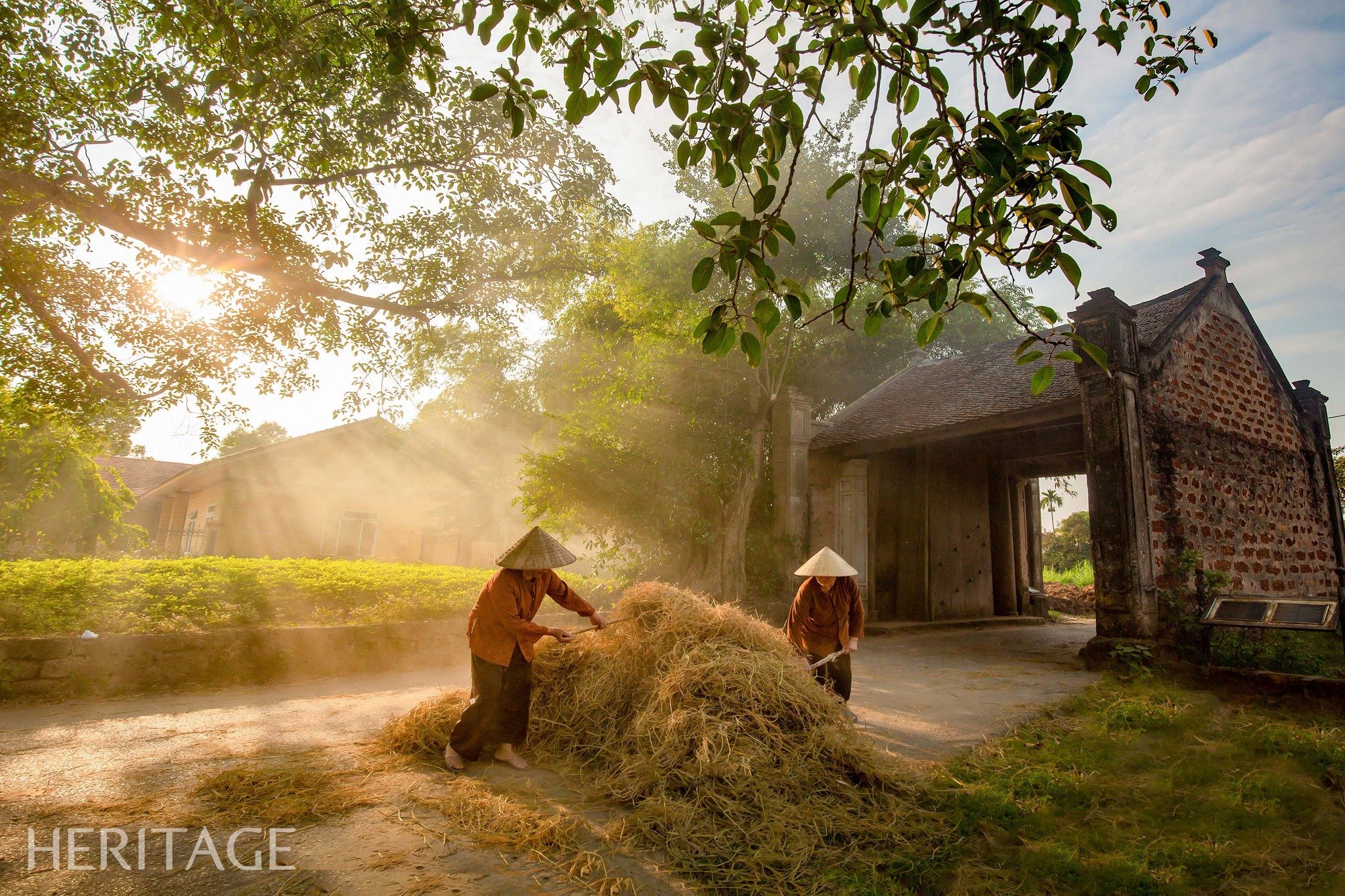


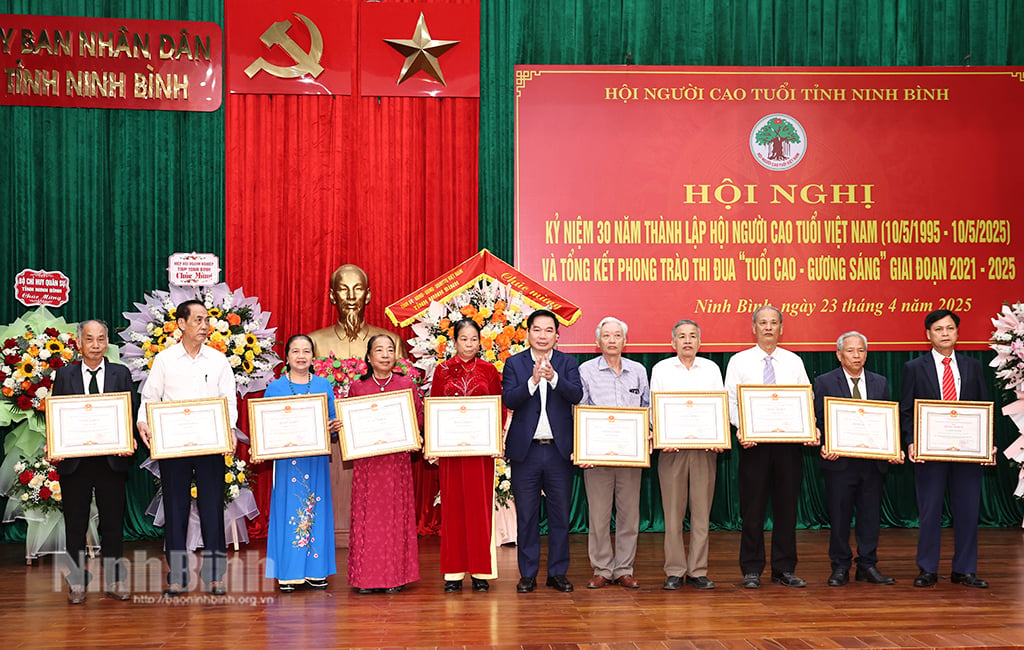


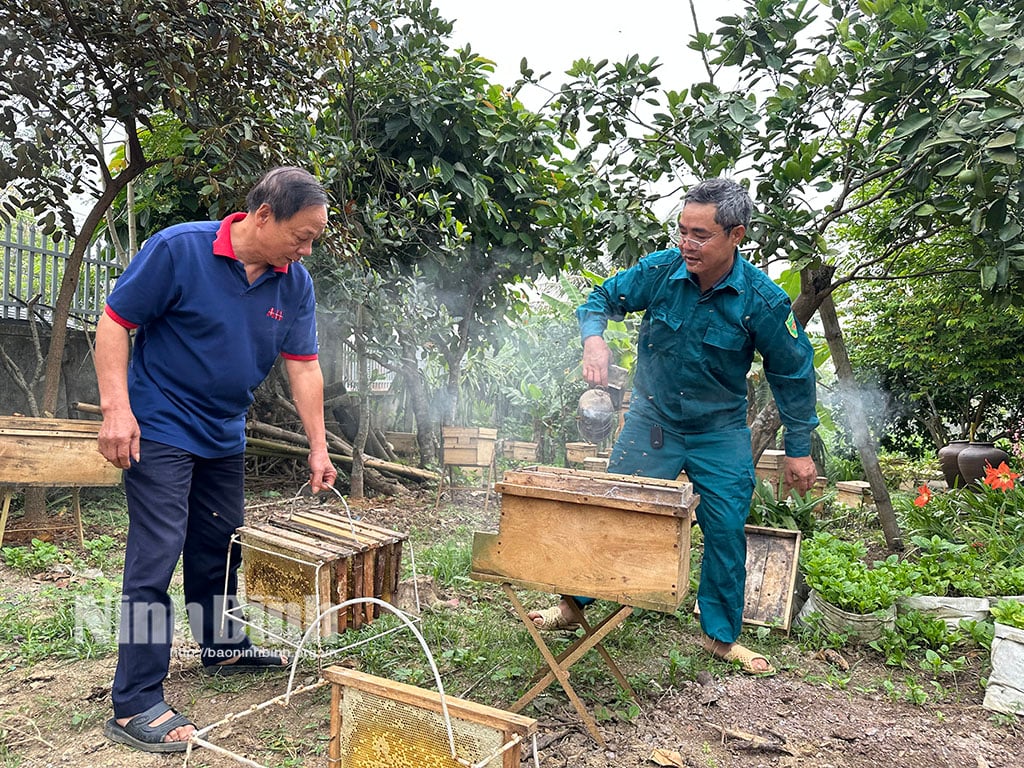
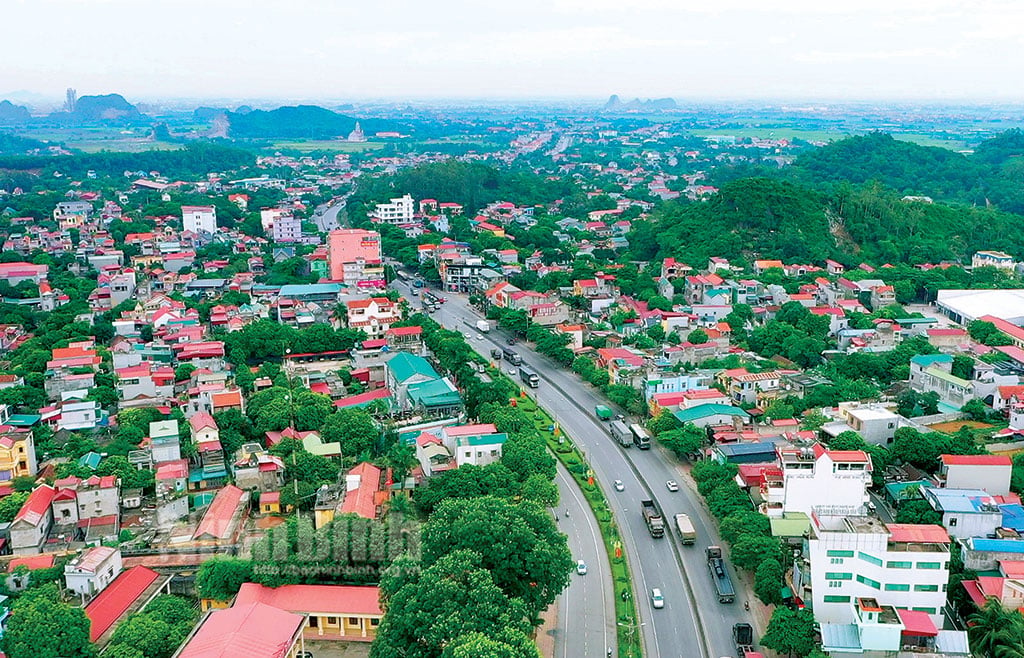

![[Photo] Signing ceremony of cooperation and document exchange between Vietnam and Japan](https://vstatic.vietnam.vn/vietnam/resource/IMAGE/2025/4/28/e069929395524fa081768b99bac43467)
![[Photo] A long line of young people in front of Nhan Dan Newspaper, recalling memories of the day the country was reunified](https://vstatic.vietnam.vn/vietnam/resource/IMAGE/2025/4/28/4709cea2becb4f13aaa0b2abb476bcea)
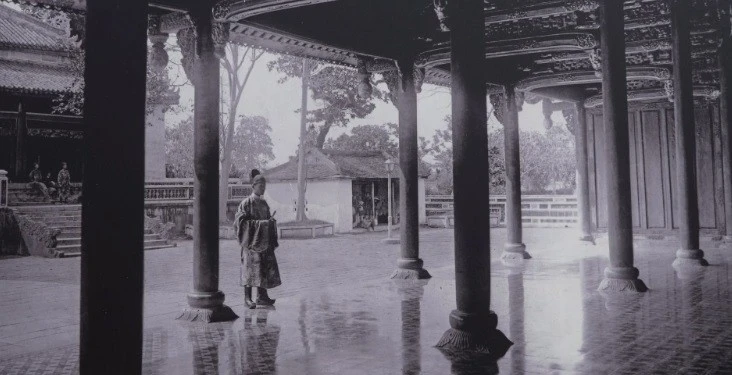



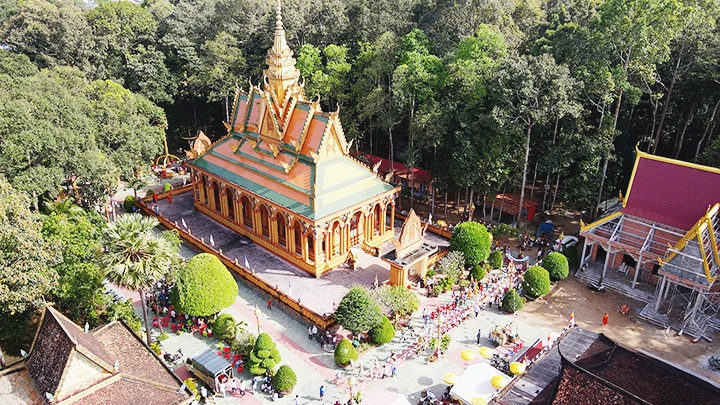



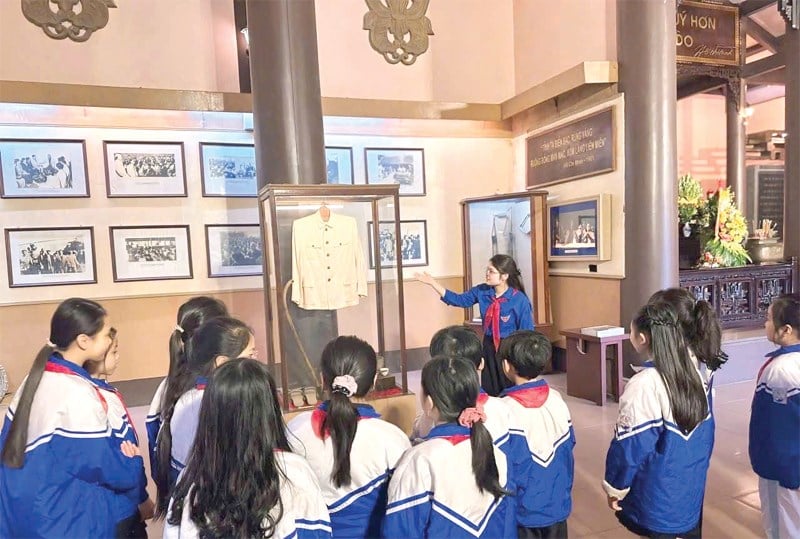




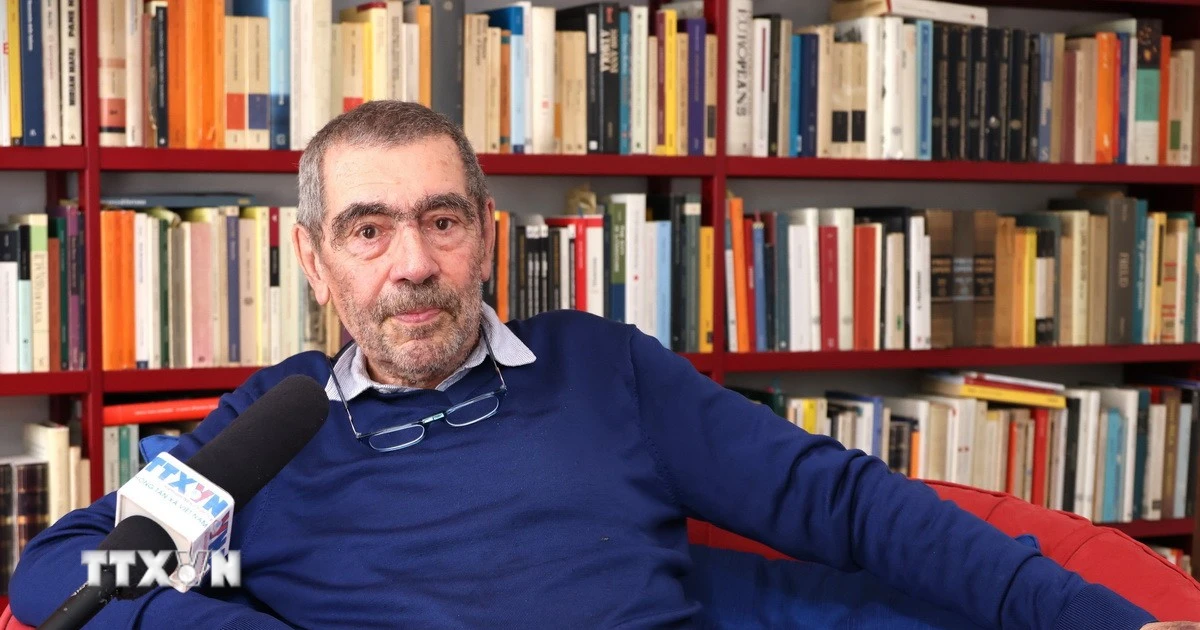



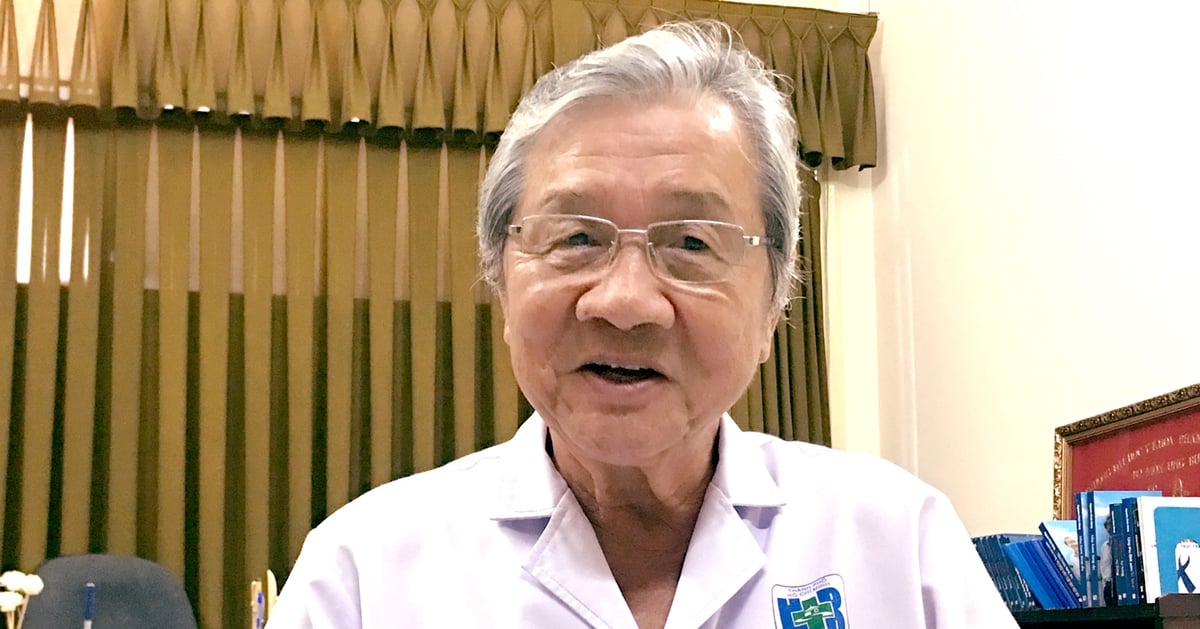




















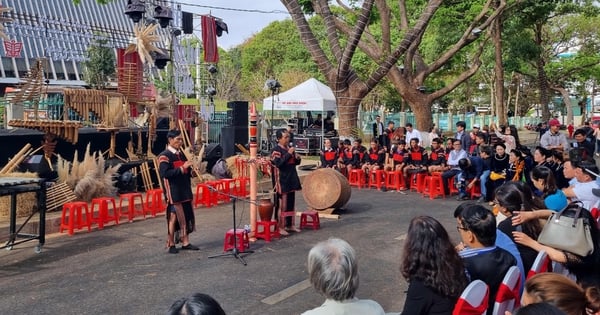






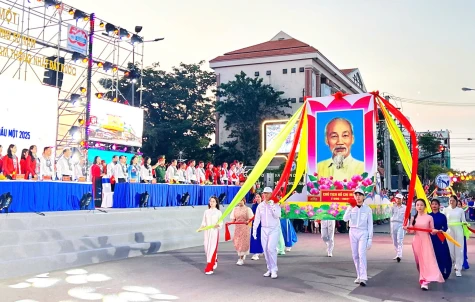




















Comment (0)